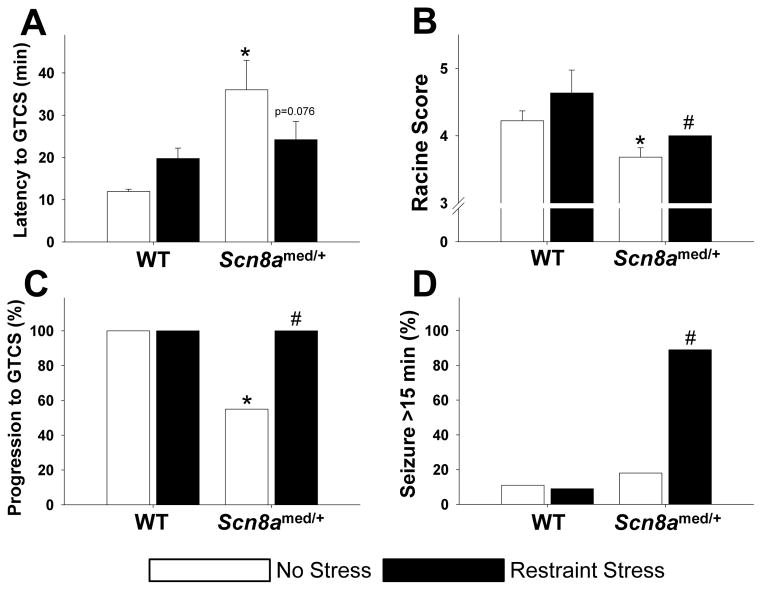Figure 3. Effect of stress on picrotoxin-induced seizures.
(A) Under normal conditions, Scn8amed/+ mice have increased picrotoxin-induced seizure thresholds compared to WT littermates (genotype main effect: F(1,36)=9.761, p<0.01). However, while restraint stress increases thresholds in WT mice, it decreases thresholds in Scn8amed/+ mice (genotype x stress interaction effect: F(1,36)=4.594, p<0.05). *p<0.05 vs. WT littermates within condition, Tukey post hoc test. (B) Exposure to restraint stress increases seizure severity as measured by the Racine score, but the increase is only significant in Scn8amed/+ mice: Mann-Whitney, U=21, *p<0.05 vs. WT within condition; Mann-Whitney, U=27, #p<0.05 vs. No Stress within genotype. (C) Under normal conditions, fewer Scn8amed/+ mice progress to a GTCS than WT mice, but restraint stress significantly increases the percentage of Scn8amed/+ mice progressing to a GTCS: Fisher Exact, *p<0.05 vs. WT within condition; Fisher Exact, #p<0.05 vs. No Stress within genotype. (D) Acute restraint stress results in an increase in the percent of Scn8amed/+ mice experiencing seizures lasting longer than 15 minutes: Fisher’s Exact, #p<0.01 vs. No Stress within genotype. Error bars represent SEM. n=9–11 per group.

